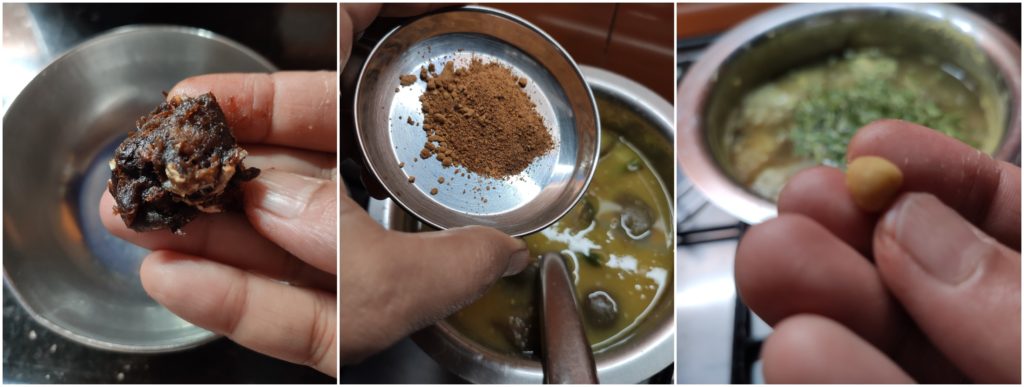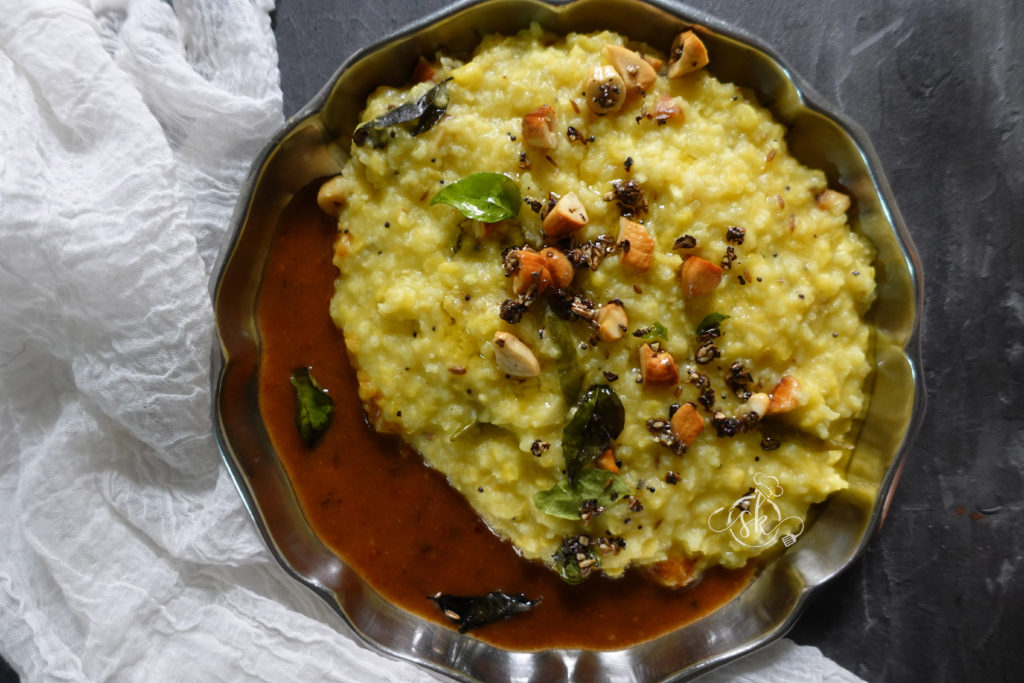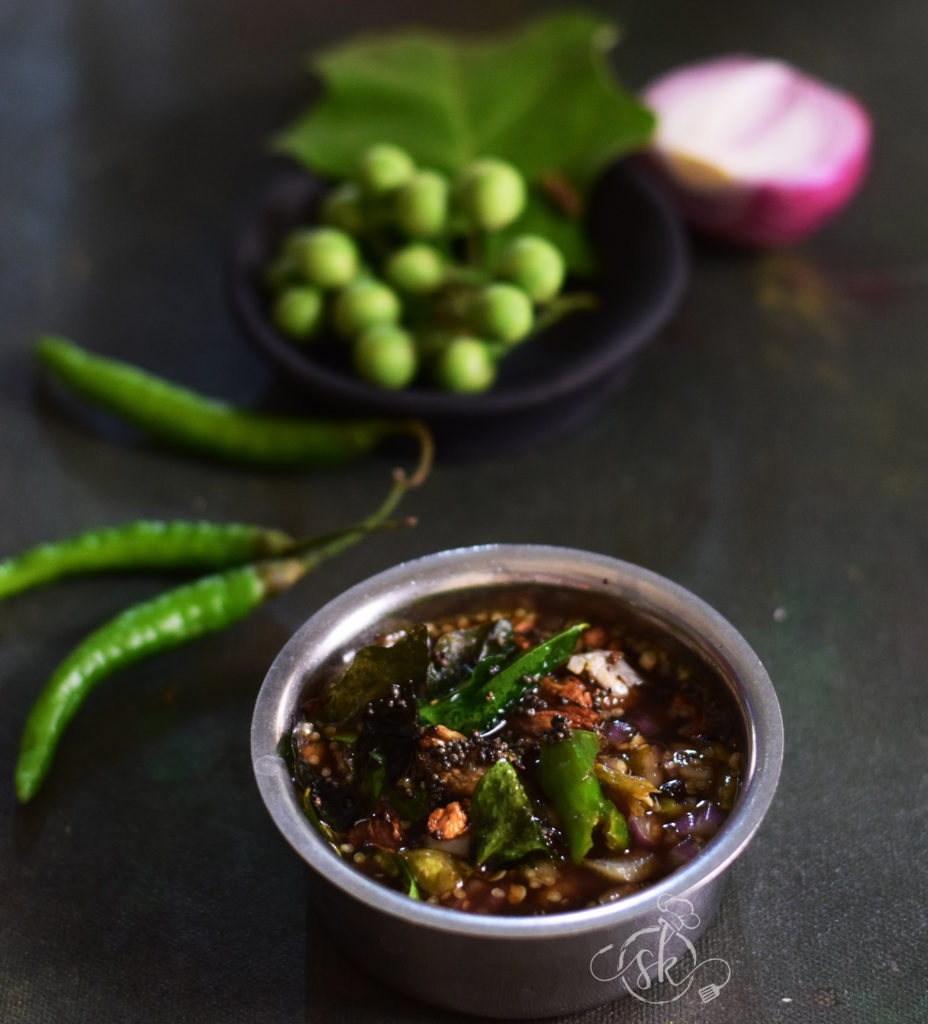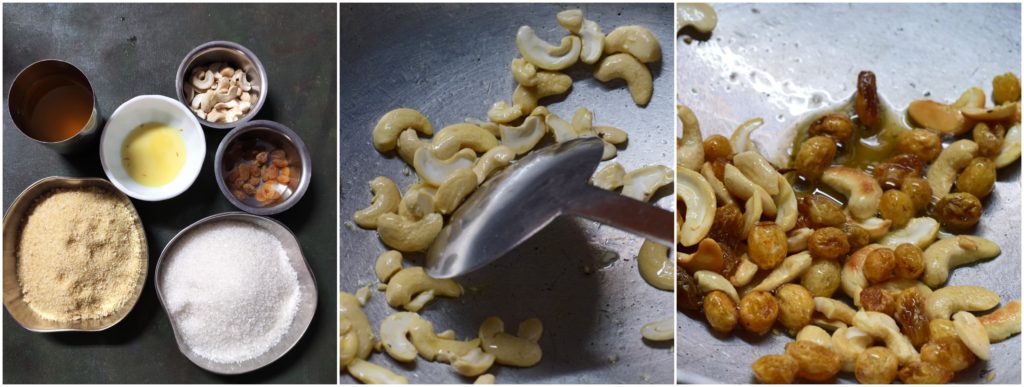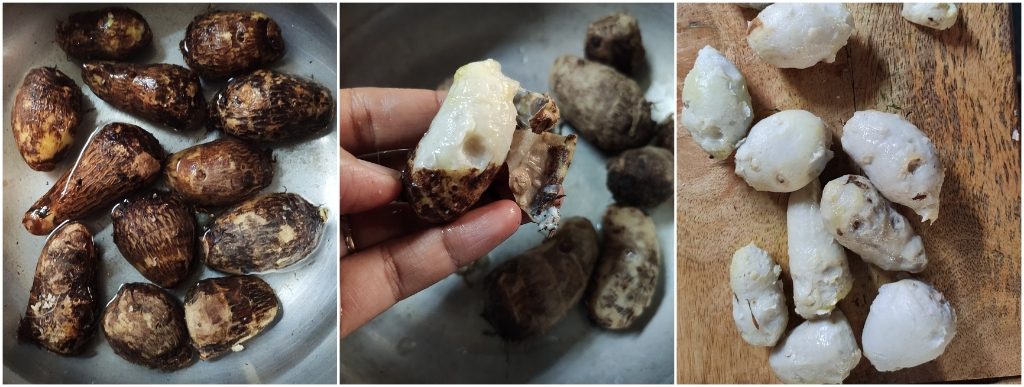Kithul tree is found all over south India while travelling in and around our native, at fields, ghat section or any hilly area. Kithul palm, commonly known as Solitary Fishtail palm, sago palm, Toddy palm, jaggery palm etc.
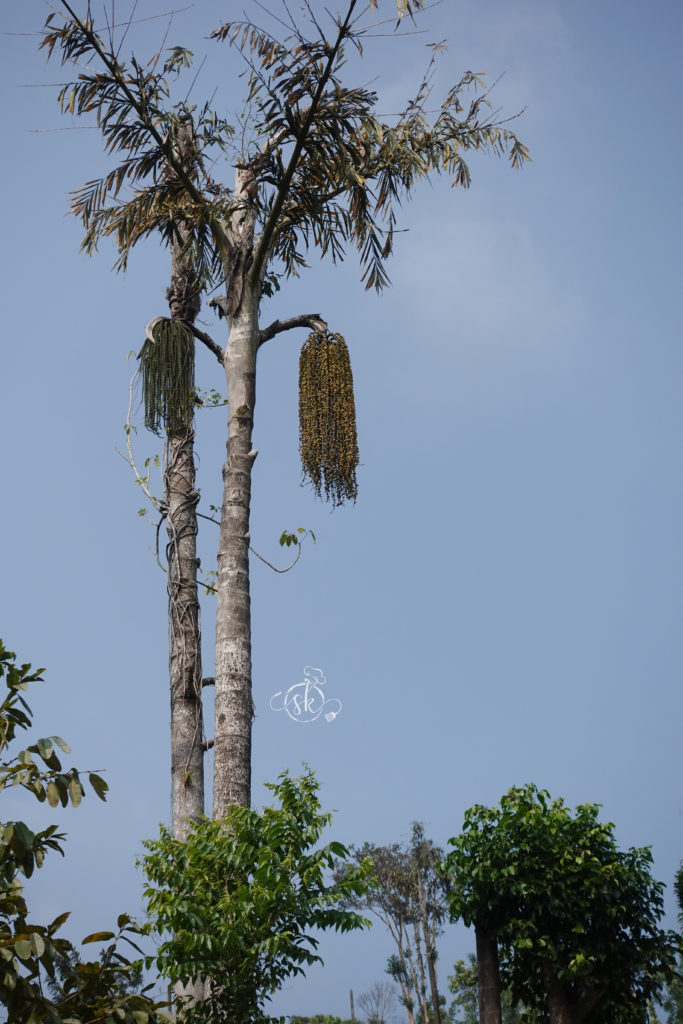
Scientifically, Caryota urens is a species of flowering plant in the palm family from the Indian Subcontinent and South-East Asia.
In Kannada, it is called as ಬೈನೆ ಮರ /baine tree.
In and around Mangalore, it is known as ಈ0ದು /Eendu.
It is famous for Folk medicine in our region.
What is Kithul flour?
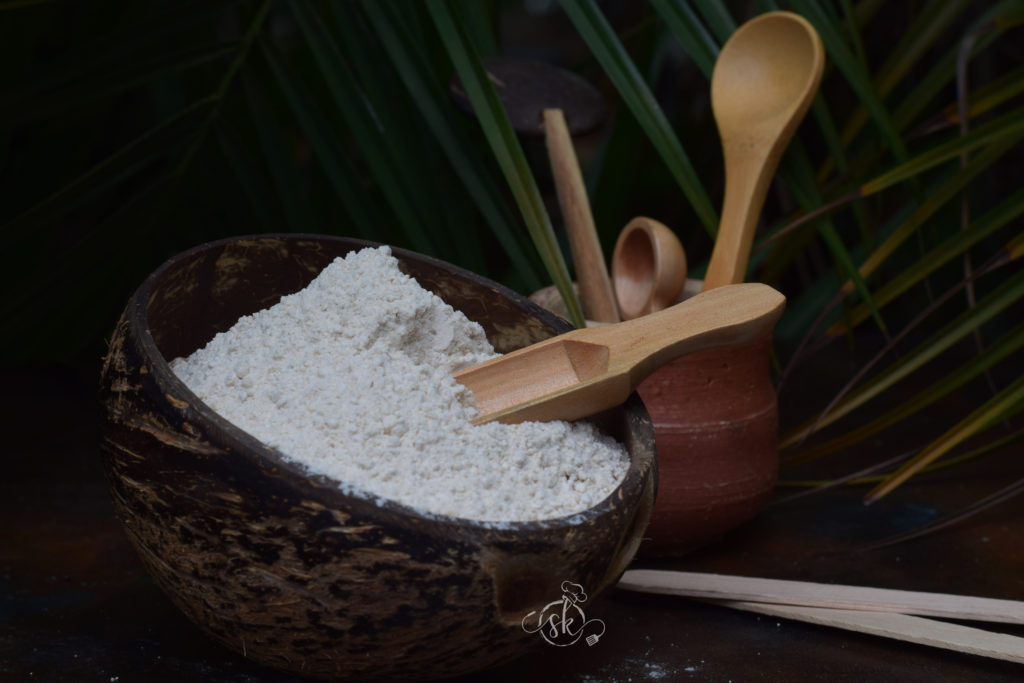
Starch extracted from the pith of the Kithul tree is “Kithul Flour” and known for its benefits in traditional “grandmom’s remedy” to control many ailments such as reducing body heat during summer, remedy for Sevier acidity, stomach ulcers, headache due to stomach ailments etc. in our villages. It is high in fibre and antioxidants. Hence, it helps to regularise gut health.
Extraction of Kithul flour is a tedious process; hence, we need to be extra cautious while buying the product.
Luckily, I have found a farmer who follows the traditional farming method and manages to prepare Kithul flour conventionally.
Kithul flour Porridge: One of the most popular breakfast porridge/puddings in Srilanka.

Rich in fibre and healthy Sri Lankan breakfast porridge, usually prepared by cooking kithul flour with sufficient water, then enhanced the taste by adding coconut milk, jaggery and crushed cashews or grated nutmeg.
The benefits of usage of this flour are endless.-
-Stops lose motion.
-Reduces body heat and mouth ulcers.
-Reduces the painful periods
-Regulates acidity and improves gut health.
-improves the nerve health
Method: which I followed is straightforward.
-Take a glass of water, and add a spoon of Caryota powder and a pinch of salt or sugar or jaggery. Boil the mixture until the content is cooked and turns shiny.
-Adjust the consistency by adding hot milk. Garnish with cardamom powder and roasted cashews.
If you don’t like sweet and prefer to have it savoury, one can also make the salted version.

Boil 1 tsp of kithul flour with water, add sufficient salt and cool a bit. Add buttermilk and make a chaas / thin version of buttermilk like consistency. You can add crushed jeera or jeera powder, chopped coriander or hing.
I prefer cumin and salt. Drink as a thirst quencher and enjoy this summer drink with an added benefit for your health.





